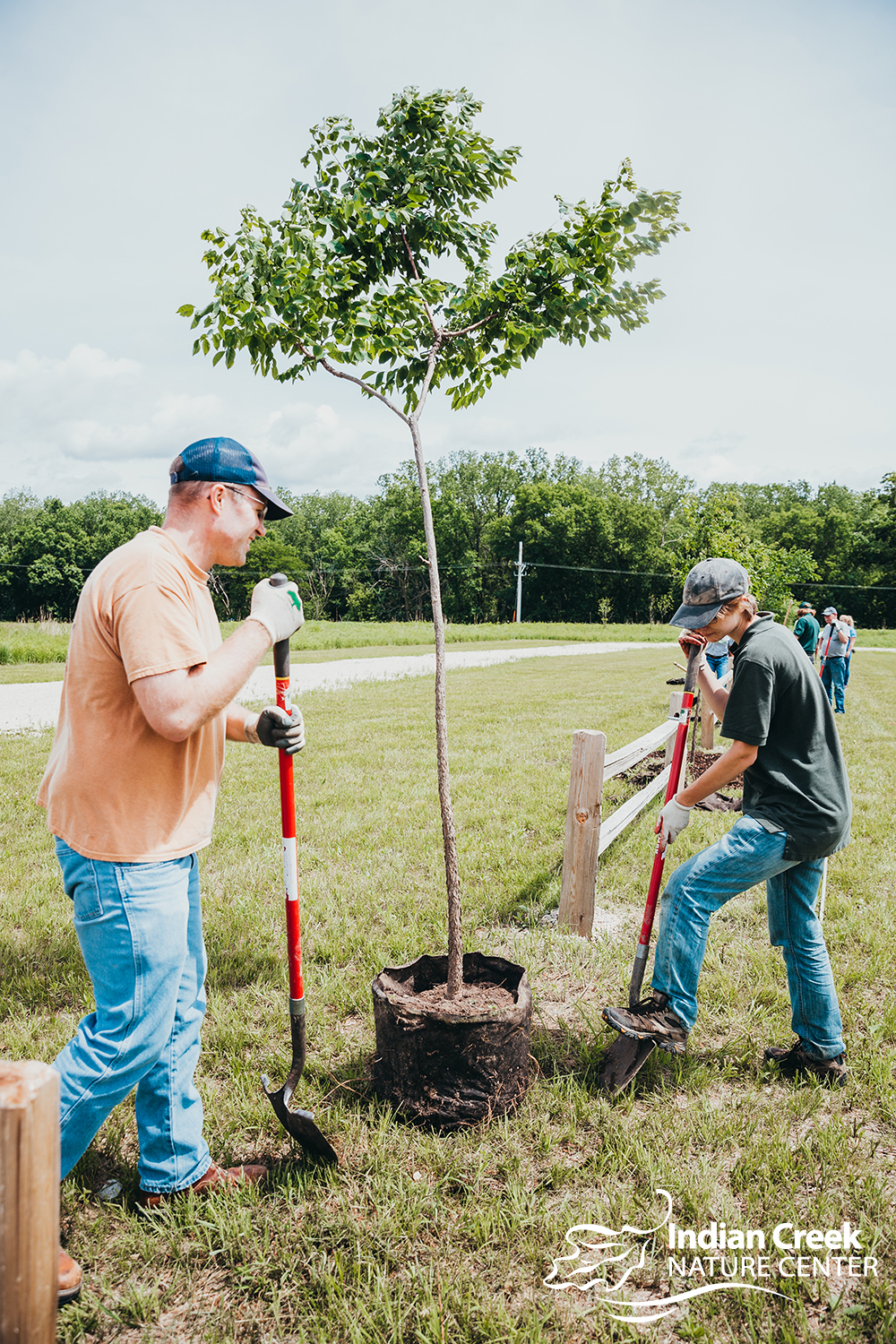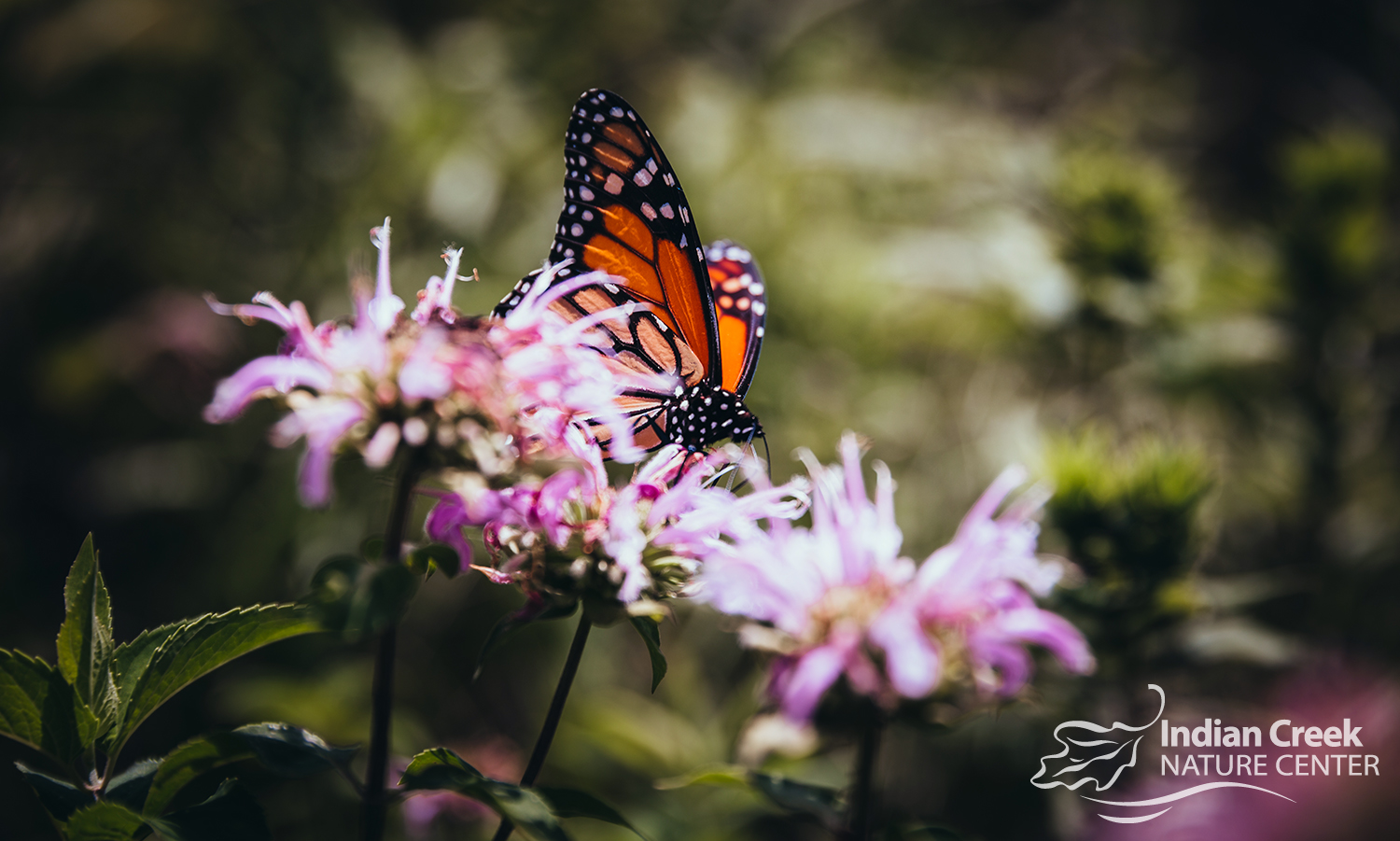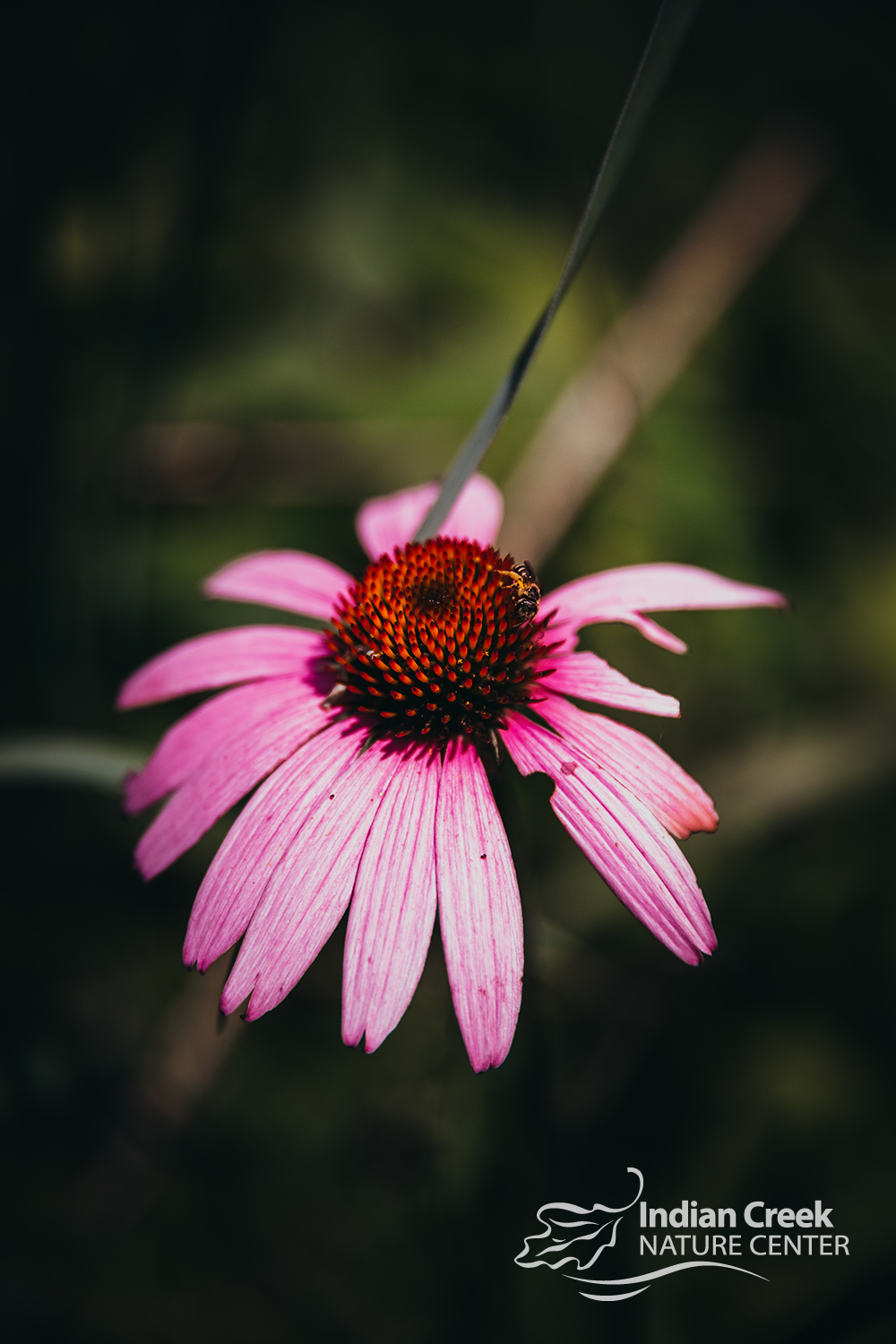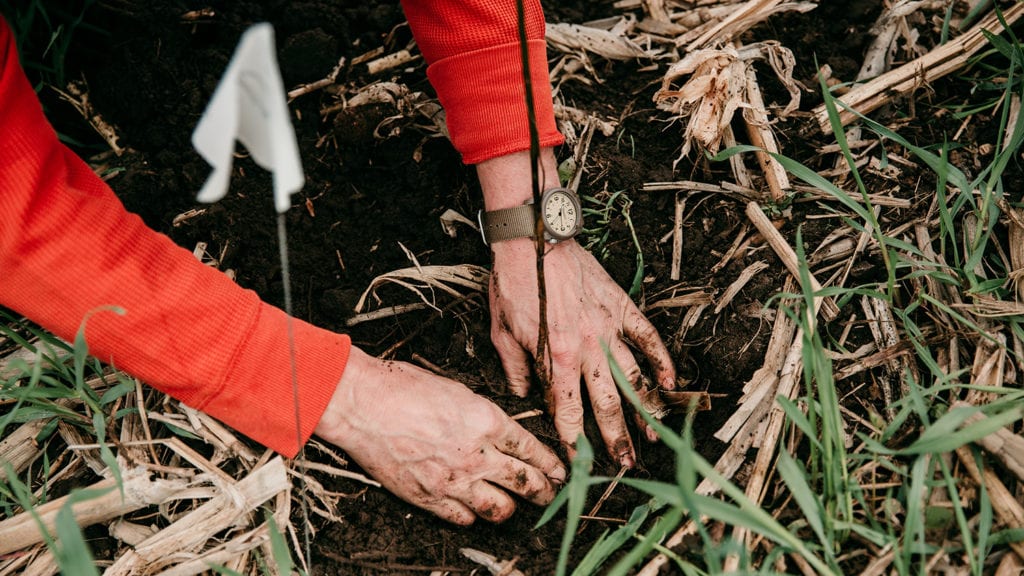 As we clear away debris and recover our homes and businesses, many are grieving the loss of our natural landscape. Looking out on our properties, now bare of trees that provided shade and beauty, it is difficult to find hope in the destruction. But we are resilient, and so is nature…especially with our help. When thinking about replanting, take a moment to consider how you can help restore our natural, native habitat before rushing to plant the prettiest tree.
As we clear away debris and recover our homes and businesses, many are grieving the loss of our natural landscape. Looking out on our properties, now bare of trees that provided shade and beauty, it is difficult to find hope in the destruction. But we are resilient, and so is nature…especially with our help. When thinking about replanting, take a moment to consider how you can help restore our natural, native habitat before rushing to plant the prettiest tree.
Choose healthy plants and trees which have the best growth potential — ideally native or edible species. Please talk to experts* to help make the best choice for your situation — the knowledge gained from a nursery expert may make the difference to the success of your plant.
The best time to plant seedlings is between March and mid-May, depending on the weather, but fall planting can be successful if done at the right time and with proper care. Make sure you plant it in the right location with good soil conditions, light availability and room to grow to maturity and remain healthy throughout its lifespan.
A native tree, plant or shrub can have multiple levels of environmental benefits. From being a source of shade, to having a harvestable fruit or being beneficial to pollinators and songbirds alike.

Native plants are:
- Low maintenance — once established, native plants generally require little maintenance and typically less water than a traditional lawn. They also have less problems with insects and disease.
- Beautiful — Many native plants flower, have colorful fruits and seeds, and change color seasonally.
- Healthy — Native plants reduce or remove the need for artificial fertilizers, pesticides and herbicides and therefore create a healthier place for yourself and your community, as well as the wildlife that shares that habitat. Native plants provide shelter and food — some species couldn’t survive without — including nuts, seeds and fruits, as well as nectar for pollinators.
- Environmentally friendly — Native plants, especially long-living trees like oaks and maples, are effective at storing carbon dioxide and filtering pollutants from the air we breathe.
 Surround your new trees with native wildflower gardens that are not only beautiful, but flood and drought resistant — like purple coneflowers, black-eyed susans and bee balm. Imagine a yard that’s not only a refuge for pollinators, but also more resilient to our changing climate.
Surround your new trees with native wildflower gardens that are not only beautiful, but flood and drought resistant — like purple coneflowers, black-eyed susans and bee balm. Imagine a yard that’s not only a refuge for pollinators, but also more resilient to our changing climate.
Beautifying your yard while accomplishing other goals that benefit the environment could, and should, be a community-wide goal. We can plant hope for future generations.
*Resources & Experts:
- Iowa State Horticulture
- Iowa State Extension Service
- Sustainable Landscape Solutions
- Iowa Nursery & Landscape Association
- Fleming Nursery
- Prairie Moon Nursery
- Winding Pathways LLC
- Trees Forever
Stay tuned for more information on what, when and how to plant in the coming days. We are working with a number of experts and will be providing regular updates!
We will recover from this disaster, but we cannot do it without your help. Please consider a donation if you are able or sign up to volunteer. As Iowa’s largest and only private non-profit nature center, we do not receive funding from the government. We depend on the generosity of people like you.



1 Comment. Leave new
Winding Pathways LLC is a restoration resource